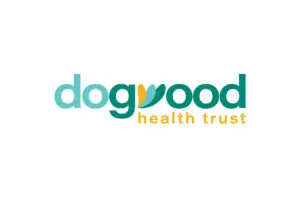Patrick Bowen with Bowen National Research will present the regional findings during an upcoming Dec. 3 webinar.
Asheville, N.C. – Dogwood Health Trust announced today the availability of a comprehensive Housing Needs Assessment of Western North Carolina. The research and analysis, conducted by Bowen National Research between January and June 2021, includes a collection of primary data, analysis of secondary data, and on-site market research. Dogwood has invited Patrick Bowen with Bowen National Research to present the findings to the region in a webinar on December 3, 2021 beginning at 12:00 noon.
“Dogwood’s intent in commissioning this study was to provide our regional partners with access to actionable data that could move the needle on affordable housing,” said Dr. Susan Mims, Interim CEO for Dogwood Health Trust. “We’re thrilled to host Patrick Bowen so he can share his insight into how the data can be used to advance local goals for affordable housing and economic development.”
Anyone is invited to attend Mr. Bowen’s presentation and may register here or at dht.org. The full 473-page study and an executive summary are available for free download on Dogwood’s website.
The Housing Needs Assessment evaluated the demographics, economics and housing supply of the 18 counties and Qualla Boundary that comprise the Dogwood footprint. The final assessment estimates the housing gaps for affordable and workforce rental and for-sale housing in the region between 2020 and 2025, providing invaluable data and information to nonprofit partners, private developers, municipalities and counties that are focused on creating and sustaining affordable housing stock, bolstering economic development and strengthening communities.
“The data from this study show that we have both great need and great opportunity,” said Sarah Grymes, Dogwood’s Vice President of Impact for Housing. Grymes points to one of the report’s findings that a considerable portion of households in the region live in housing that is considered substandard. Grymes notes that there are many opportunities to not only build new housing, but also to preserve the existing housing stock in Western North Carolina in order to raise the standard for families and communities.
“Ultimately, we seek to create a safe and stable “home base” for anyone struggling in Western North Carolina so they can successfully pursue other goals for their education, employment or health,” Grymes said.
About Dogwood Health Trust
Dogwood Health Trust is a private foundation based in Asheville, North Carolina with the sole purpose of dramatically improving the health and wellbeing of all people and communities of 18 counties and the Qualla Boundary in Western North Carolina. Dogwood Health Trust focuses on innovative and equitable ways to address the many factors that contribute to overall health and wellbeing, with a focus on housing, education, economic opportunity, and health and wellness. Dogwood Health Trust works to create a Western North Carolina where every generation can live, learn, earn and thrive, with dignity and opportunity for all, no exceptions. To learn more, please visit www.dht.org.





